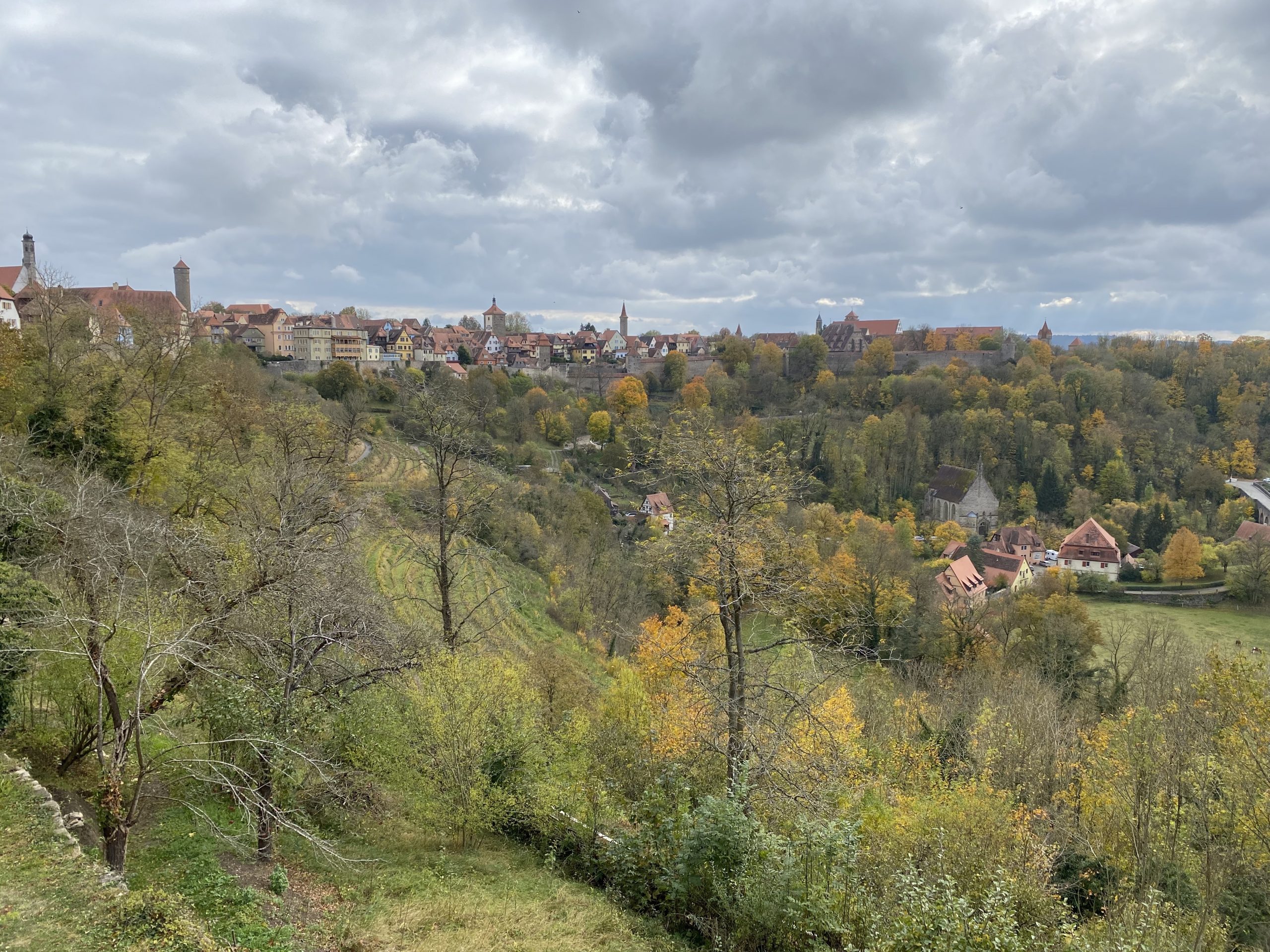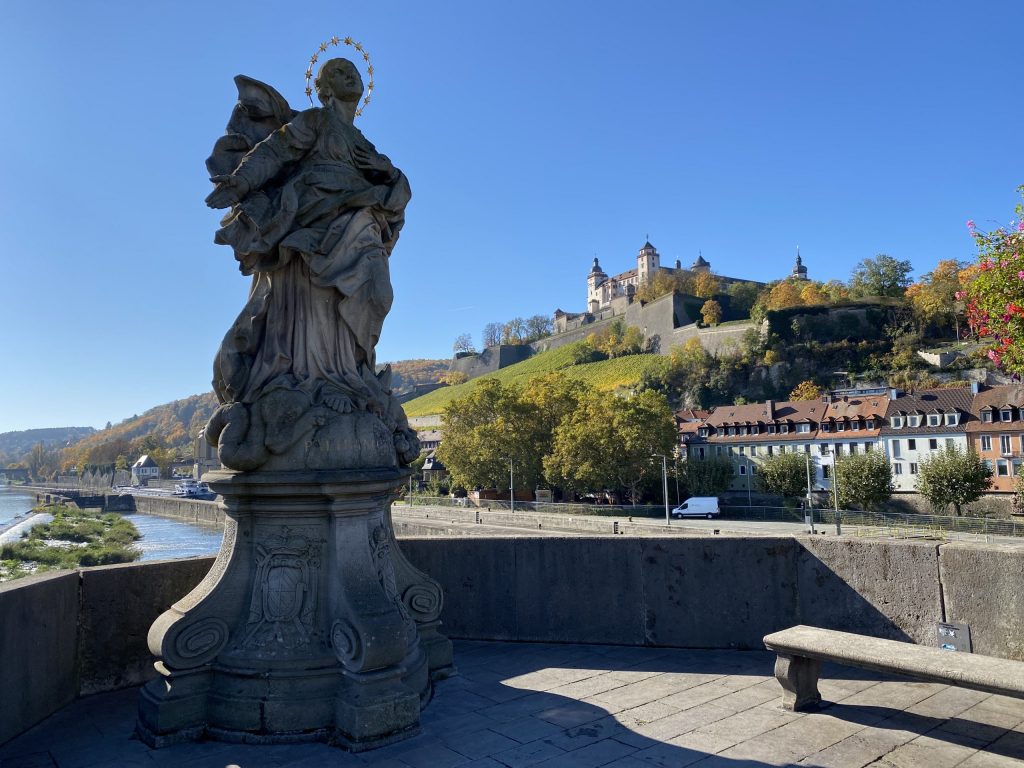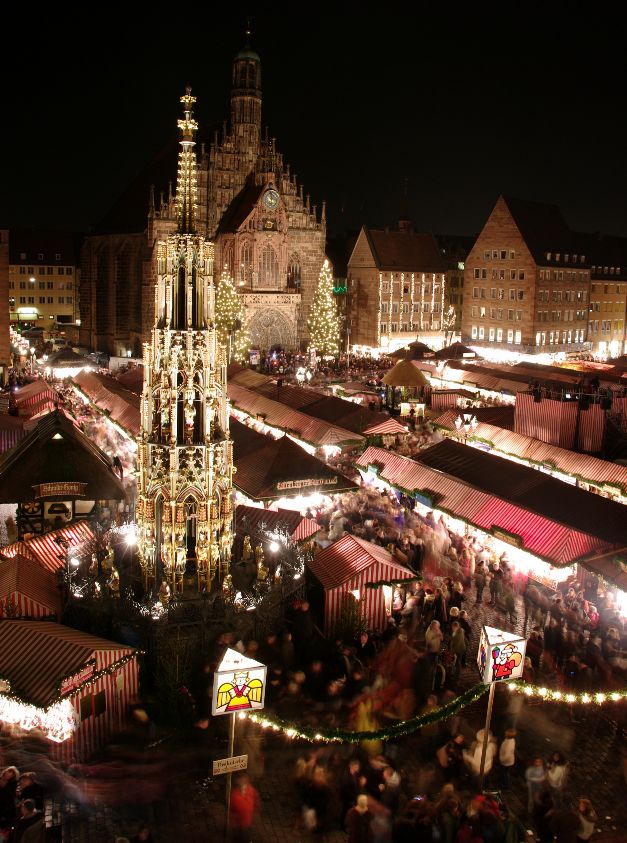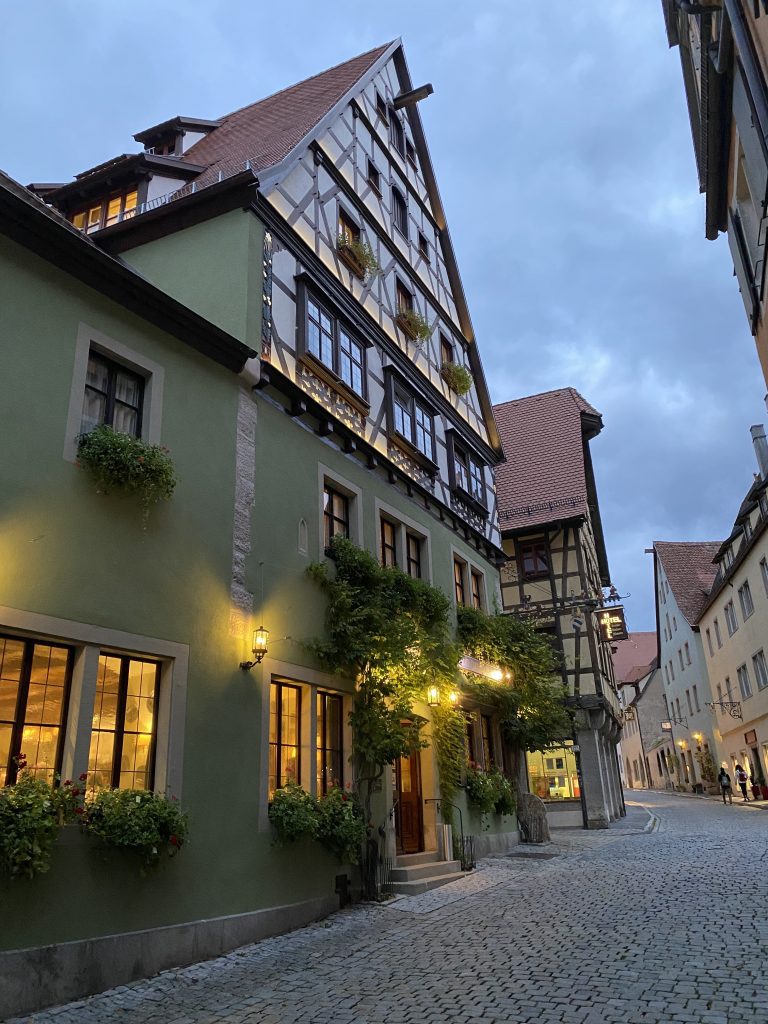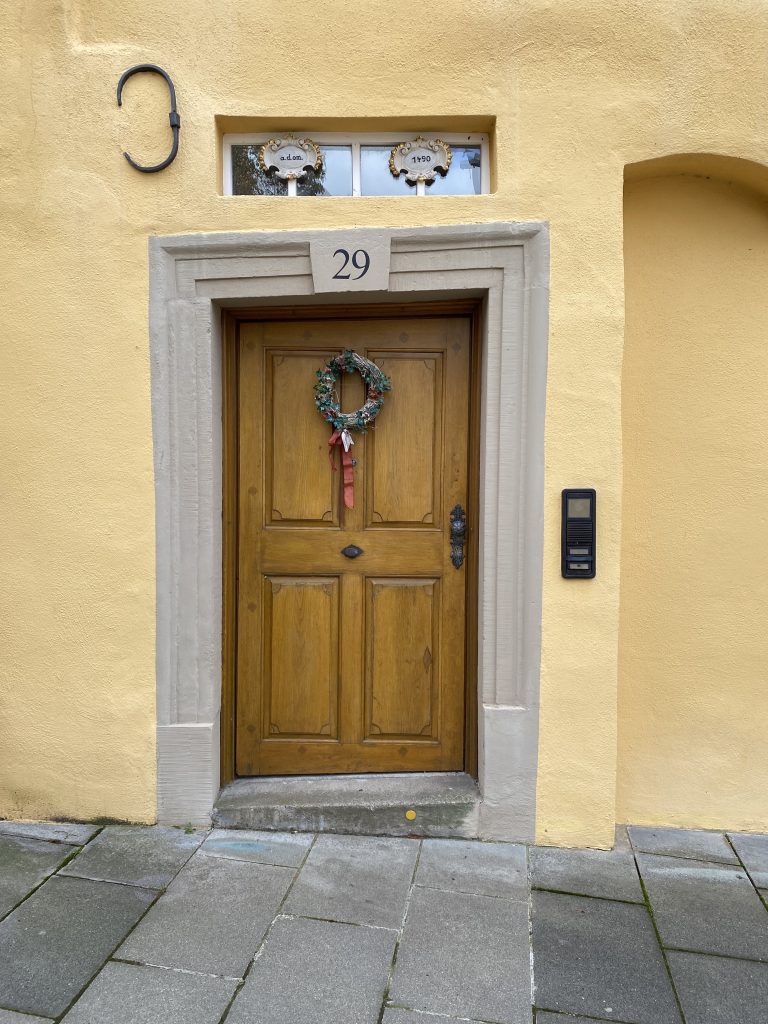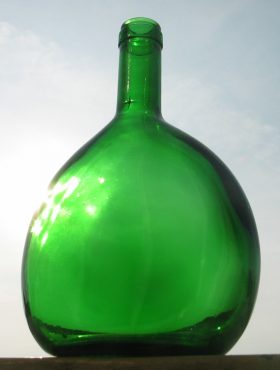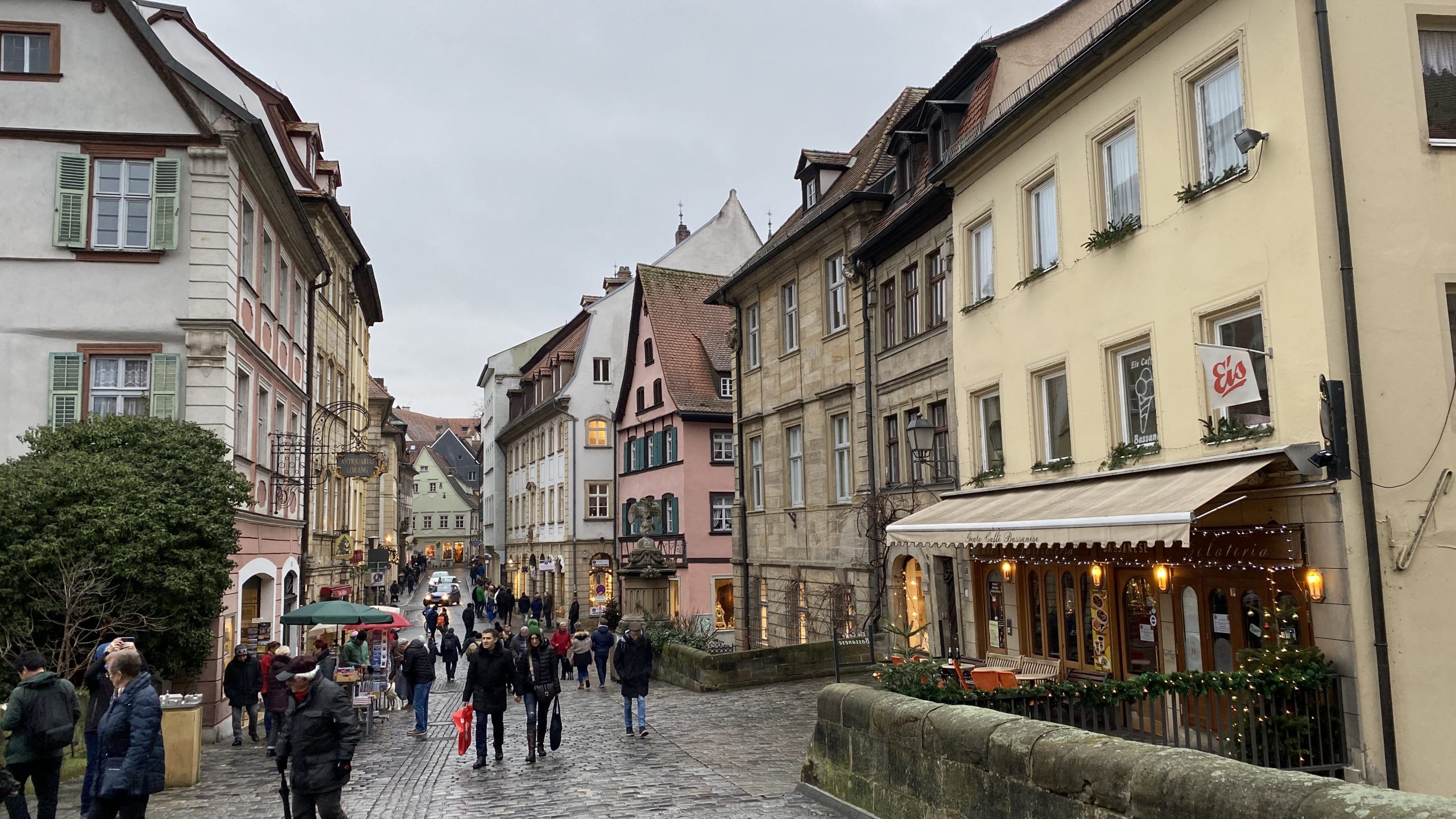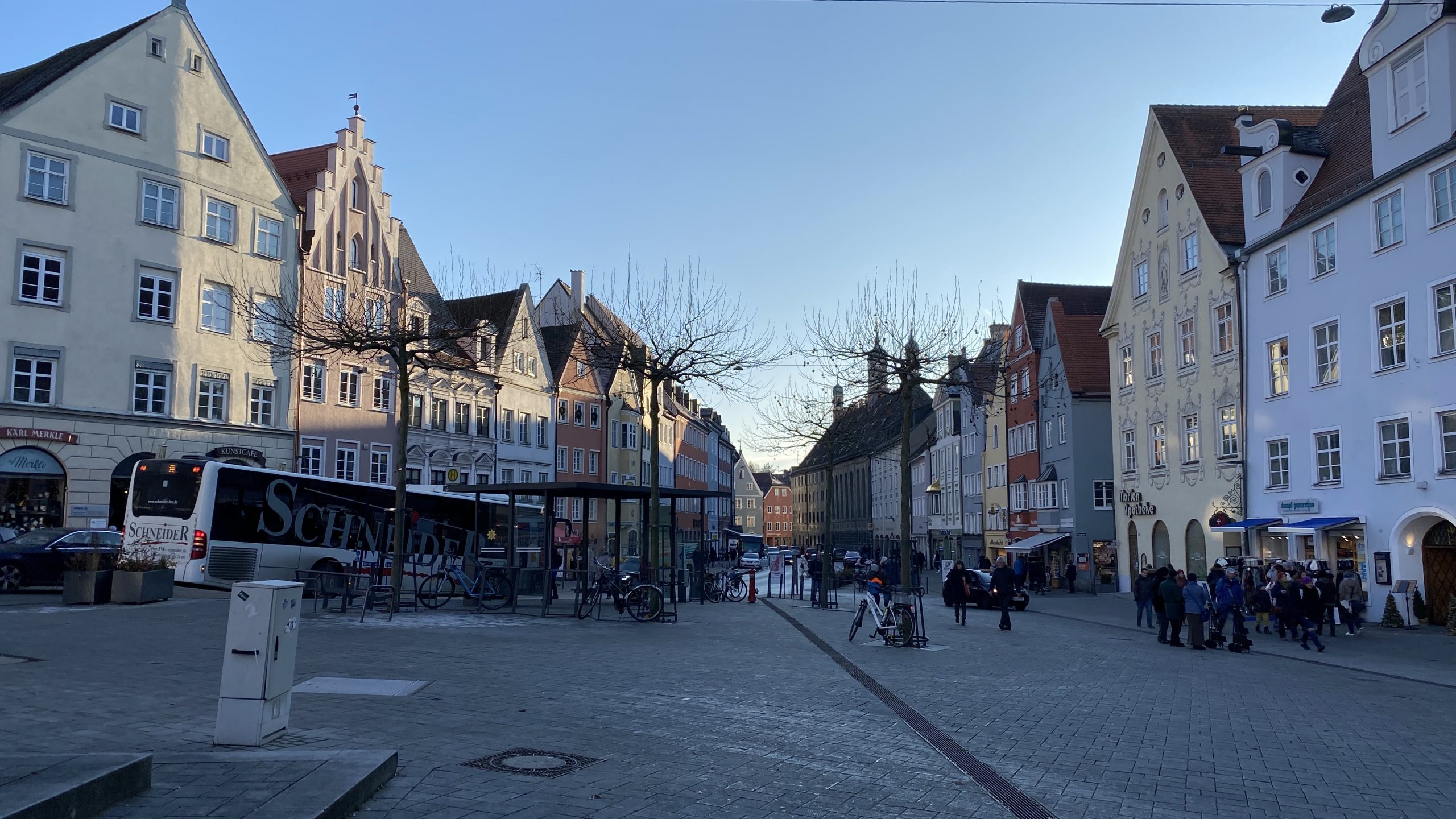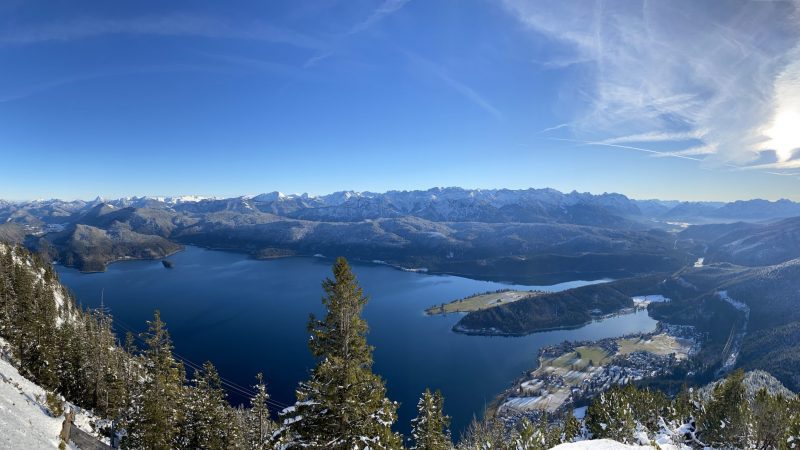For this month’s destination I’ve chosen a place which is more or less in my own backyard. Franconia is a region of Germany, mostly contained within the state of Bavaria. I say unofficial because there’s no district bearing the name; it’s more of a region in the cultural and linguistic sense, with its own traditions and dialects which are distinct from surrounding regions.
I’ve already written about one destination located in Franconia, the charming medieval city of Bamberg. For this reason, I won’t write much more about Bamberg, but it’s definitely one of the most beautiful cities in Franconia (or Germany, for that matter) and should not be missed, especially if you’re a beer fan.
Franconia will appeal to:
- Beer and wine lovers
- Architecture fans
- Bicyclists and hikers
- History buffs
The Basics
Franconia is located almost (but not quite) in the middle of Germany, just a little bit south of dead center. The region’s largest city of Nuremberg is well-known, particularly for its world-famous Christmas market, the somber but groundbreaking Nuremberg trials of 1945-1946, plus tasty Lebkuchen (gingerbread) and the little Nürnberger sausages.
Würzburg, located about an hour northwest from Nuremberg by train, is another lovely city along the Main (pronounced “mine”) River and is in the heart of Franconia’s wine industry. One of my favorite things about this city is it’s “Happy Hour” on the Alte Mainbrücke, a very old and beautiful pedestrian-only bridge over the Main. When the weather’s nice, the Mainwein wine bar on the eastern end of the bridge as well as a pop-up café bar underneath, sell wine that you can enjoy right there on the bridge (or next to the river itself). It’s like a daily outdoor happy hour gathering of both locals and visitors!
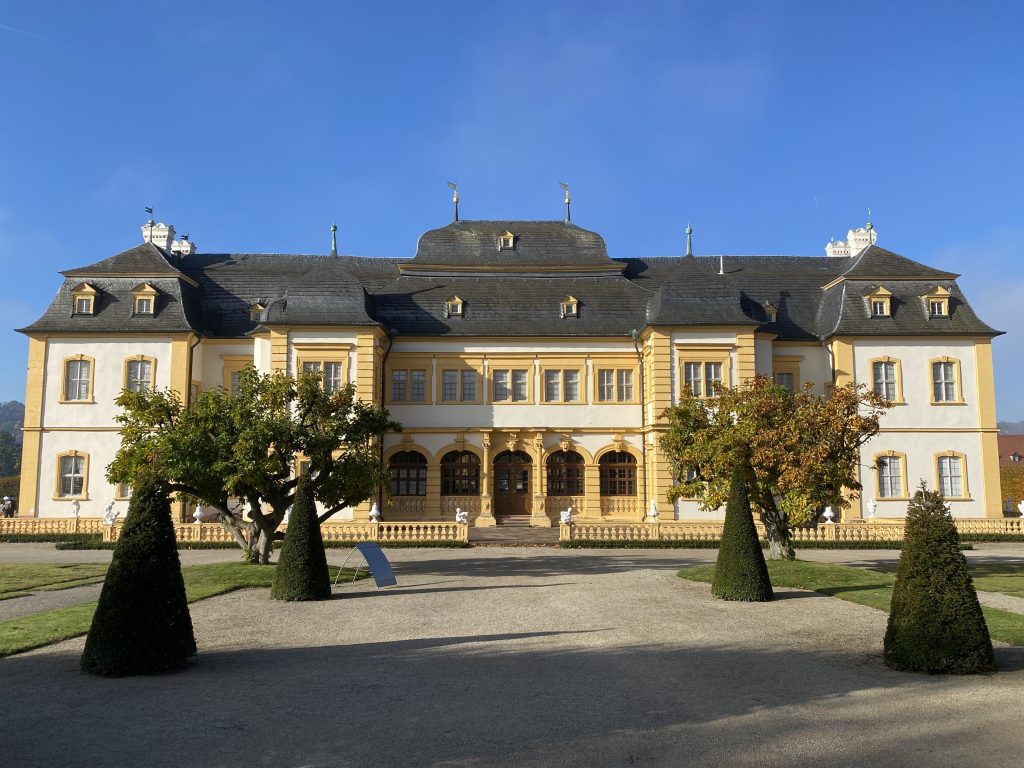
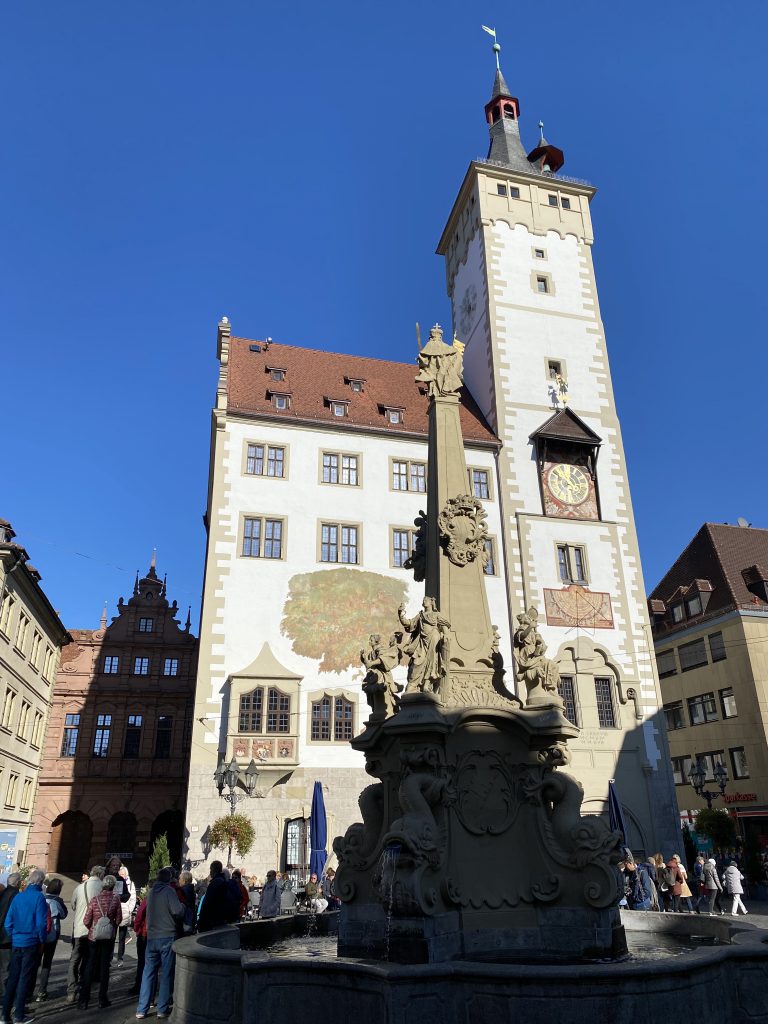
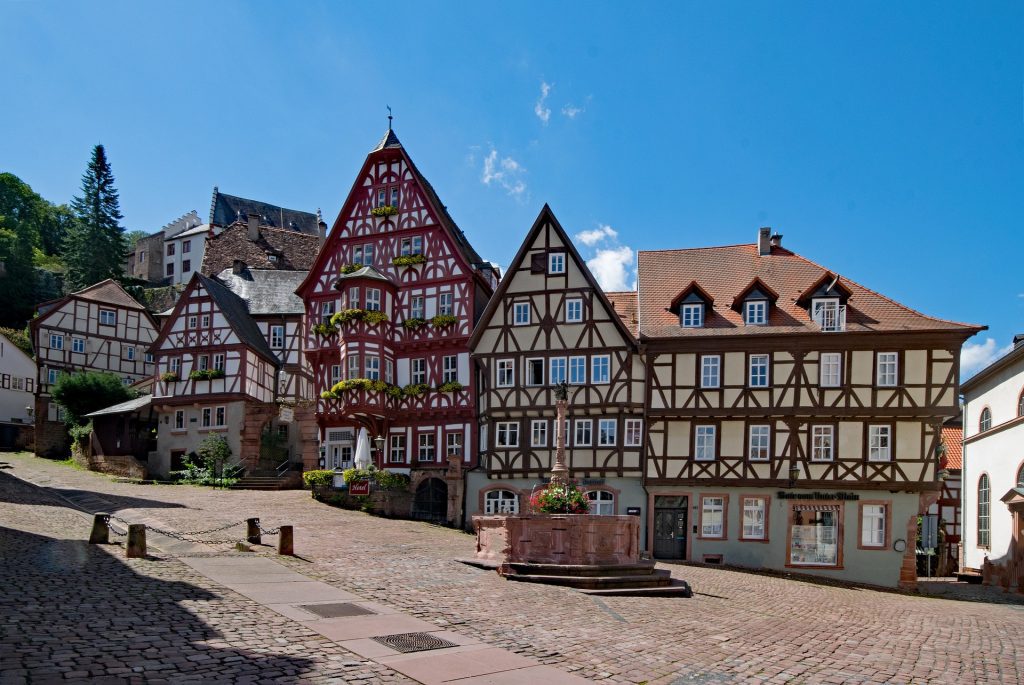
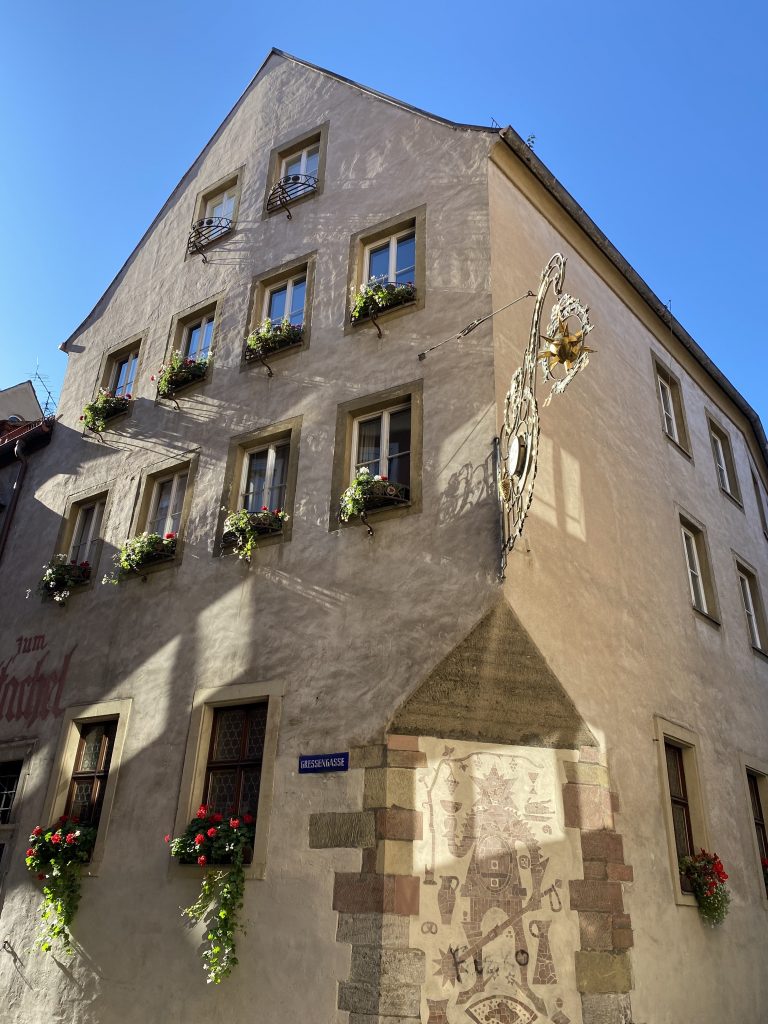
Another well-known and very beautiful small Franconian city is Rothenburg ob der Tauber, a great place to go if you love Christmas because of its large Christmas Museum and shop, both open year-round! But even if you’re a grinch, or don’t celebrate Christmas, Rothenburg is still not to be missed…it’s another of those perfectly preserved, straight out of the Middle Ages towns with some very interesting local history.
That’s not to say that Franconia’s only attractions are its towns and cities; its rural countryside, vineyard-cloaked hillsides, forests and meandering rivers are also a big part of the region’s appeal. Outdoor activities, particularly bicycling, are popular pastimes. And if you like scenic drives, parts of the so-called “Romantic Road” pass through western Franconia.
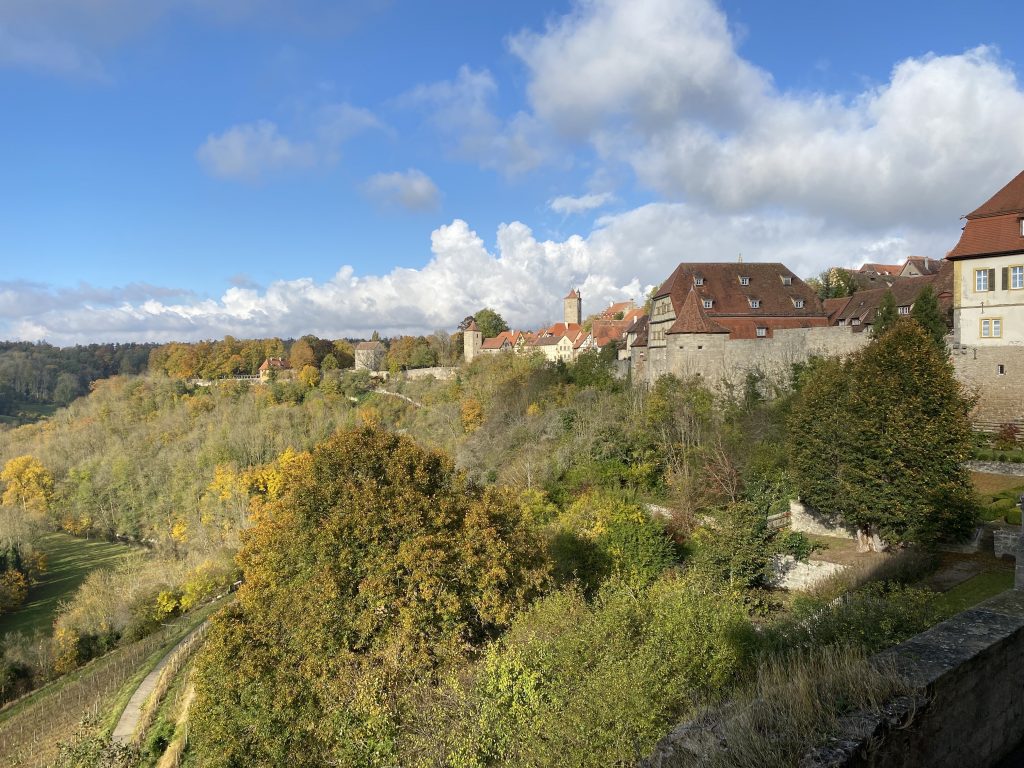
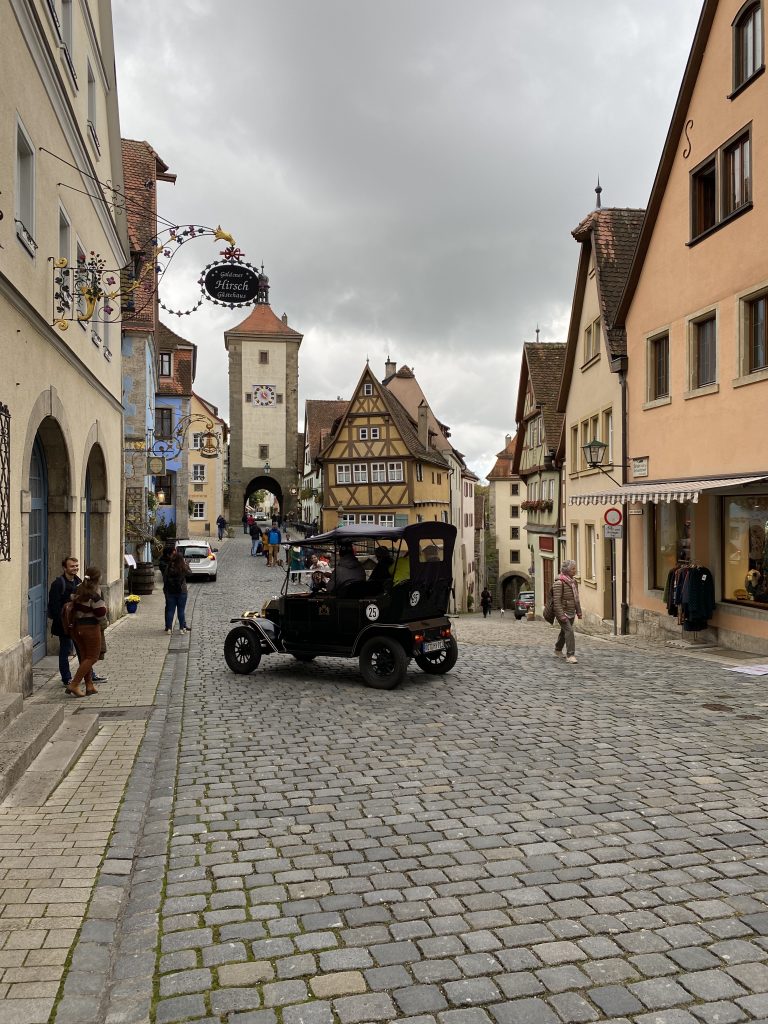
Sustainability
Germany is a frontrunner when it comes to sustainability, and Franconia is no exception. Nuremberg in particular has a strong reputation for sustainable initiatives, everything from urban gardens to sustainable energy and waste disposal projects, to public transport tickets that include bike rental and much more. It’s an impressive list of efforts, which you can read more about here.
Sustainably certified lodging is easy to find in the region, as are restaurants serving organic, sustainably-produced and locally-sourced foods. To illustrate this fact, all of the recommendations in the ‘My Tips & Picks’ section below are incorporating sustainability initiatives in their business practices.
Active Travel
Franconia is a great area for both bicycle riding and hiking. It isn’t ruggedly mountainous, but in parts of the region it’s quite hilly and scenic, and numerous forests and river valleys provide a great place for active excursions.
One really popular active holiday option is a multi-day bike tour along pathways that follow the region’s river valleys. The Altmühltal (Old Mill Valley) ride is one of these, running from Rothenburg ob der Tauber to Regensburg (which is not in Franconia but neighboring Upper Palatinate). It’s a popular cycling route which passes through the scenic Altmühltal Nature Park. There’s also the 310 km loop called the Five Rivers Cycle Path, at different points following the paths of the Danube, Altmühl, Pegnitz, Vils and Naab Rivers.
Of course, you needn’t spend multiple days on a bike to enjoy the scenery of Franconia’s bike paths. Lots of shorter rides are possible, and renting a bike pretty much anywhere in the region is easy peasy. So, if it’s your thing, get pedaling and enjoy the ride!
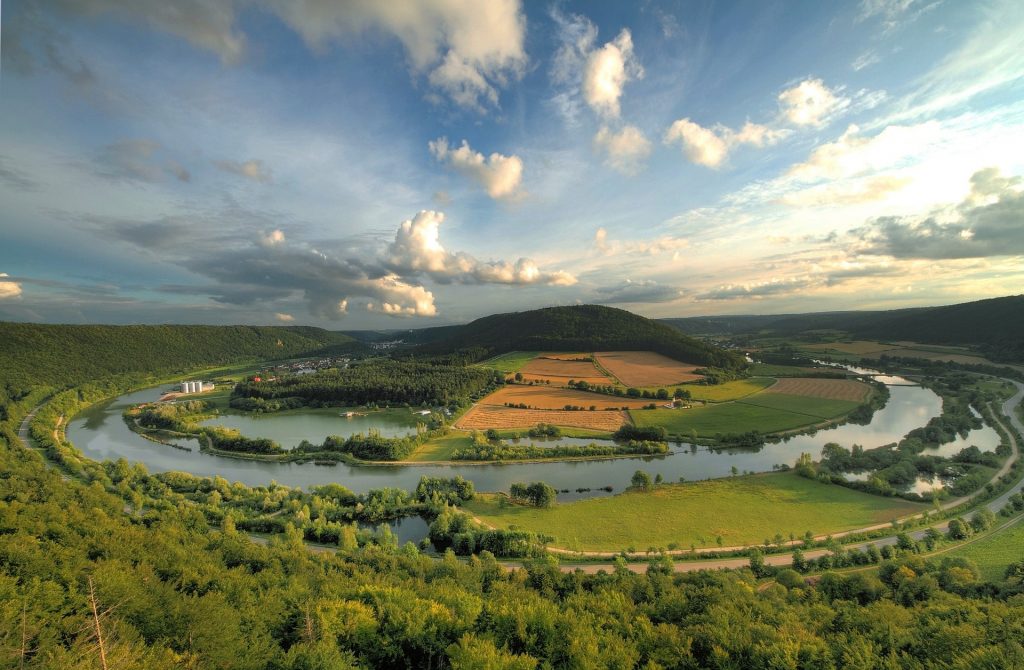
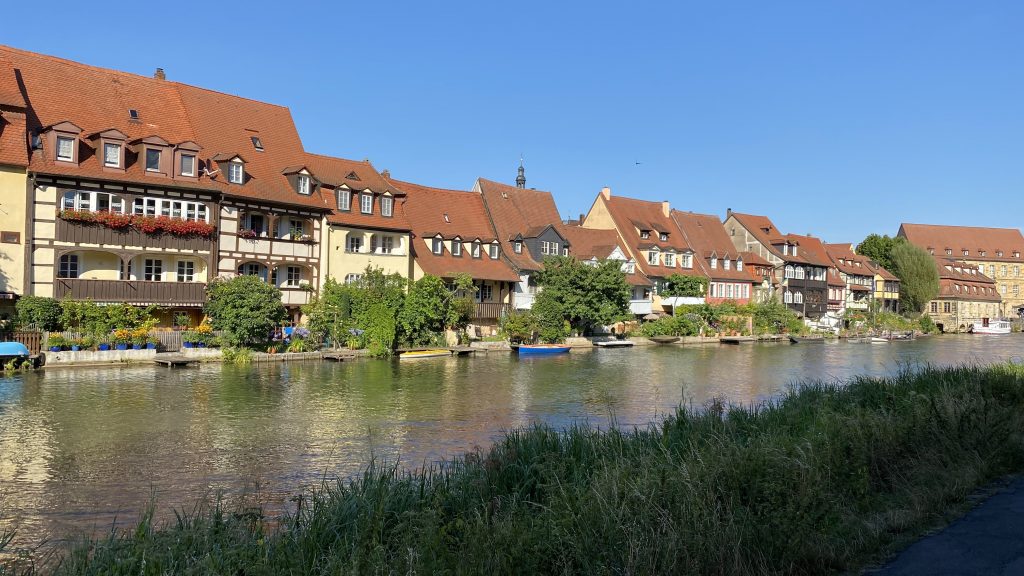
Culinary Travel
I’ve already mentioned both Nürnberger Bratwürst and Lebkuchen, which are definitely the two most popular regional foods of Franconia. Otherwise, the traditional local cuisine is very meat-based, but many restaurants are getting creative with lighter, more plant-based cooking. So, if (like me) you aren’t a big meat eater you’ll still find plenty of tasty dishes to try. Just ask your hotel or a local for some recommendations.
As I previously hinted, Franconia is a heavyweight when it comes to the ‘adult beverage’ category of the culinary world. It’s got a very high concentration of both breweries and wineries, all located within a relatively compact region. One very unique thing about Franconian wine is the Bocksbeutel, an unusually-shaped wine bottle used for the traditional local varieties.
Moving to the beer side of things, small breweries, nearly 300 by a recent count, dot the towns and villages around Bamberg, which itself is famous for it smoky-flavored Rauchbier.
Bring on the beer and wine tours! 😋
My Tips & Picks
Lodging Tip: The Creativehotel Luise is located in Erlangen, a small but pleasant city just north of Nuremberg. This hotel has the distinction of being Germany’s first climate-positive hotel, meaning it’s got some serious credibility in the sustainability realm. Besides that, it’s beautiful and has great amenities, plus a central location that facilitates easy exploration of the surrounding areas by train (Erlangen has great connections to many of the places I’ve mentioned). It’s a great choice if you wish to have the combination of comfort, sustainability and convenience, all while locating yourself in a small, accessible city which isn’t full of tourists.
Bicycle Tour Tip: Feuer & Eis (Fire & Ice) is a small Bavaria-based tour operator offering independent bicycle tours of both the Altmühltal and the Five Rivers Path. Currently their website is in German only, but since this tour is self-guided and a GPS service can be included, the language really shouldn’t be a barrier. They’ve undertaken numerous sustainability-oriented initiatives, for instance making their entire vehicle fleet fully electric.
Winery Tip: Weingut Ilonka Scheuring isn’t in your typical winery sort of location. The tasting room is located in a nondescript building in the village of Margetshöchheim – but inside there’s a nice tasting room and event location, and in summertime they set up a ‘Weingarten’ where on certain dates (usually Saturdays) you can enjoy their wines along with simple but tasty snacks among interesting company, generally including lots of locals. And the coolest part: it’s female-run, which is not exactly typical in the world of wine! Ilonka herself is charming and quirky, and to top it all off, she’s part of ETHOS, a collaborative effort of 13 different young winemakers in Franconia who are committed to producing wine that is not only environmentally and socially sustainable, but also with an eye towards preserving the region’s biodiversity as well. Cheers to that!
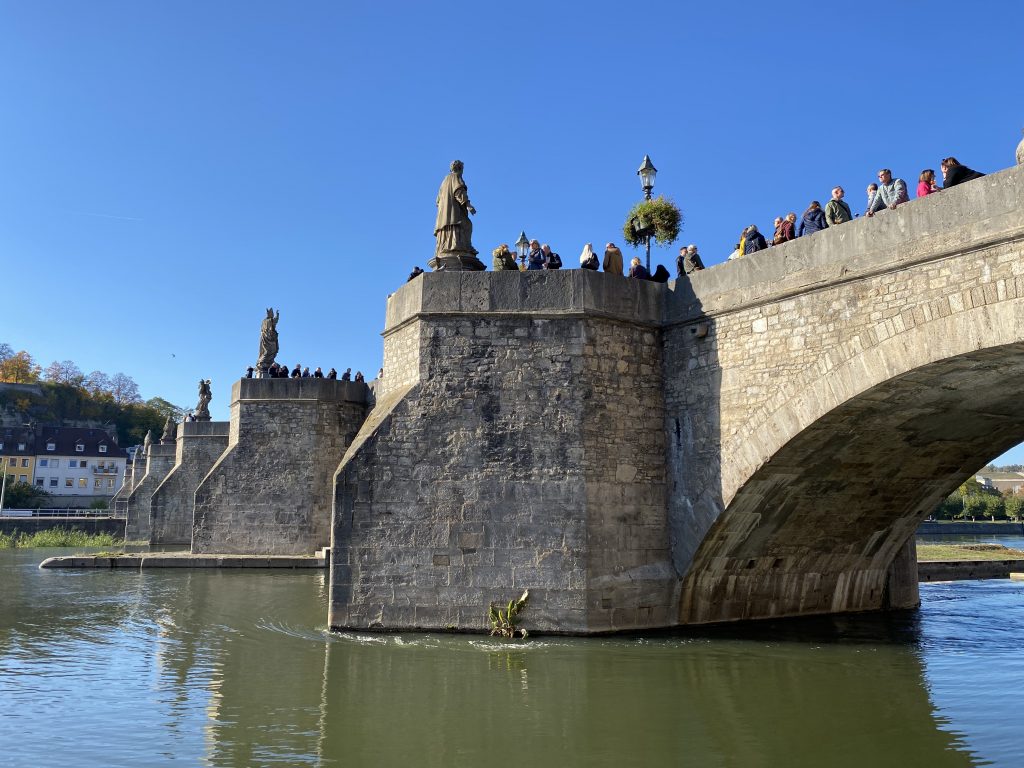
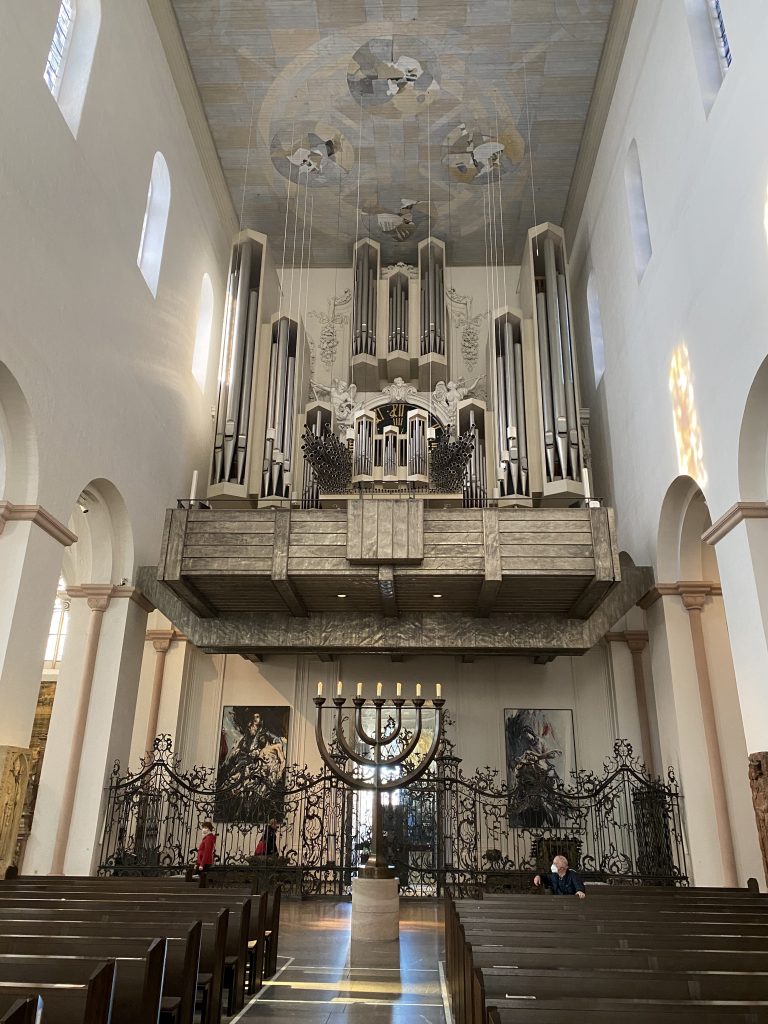
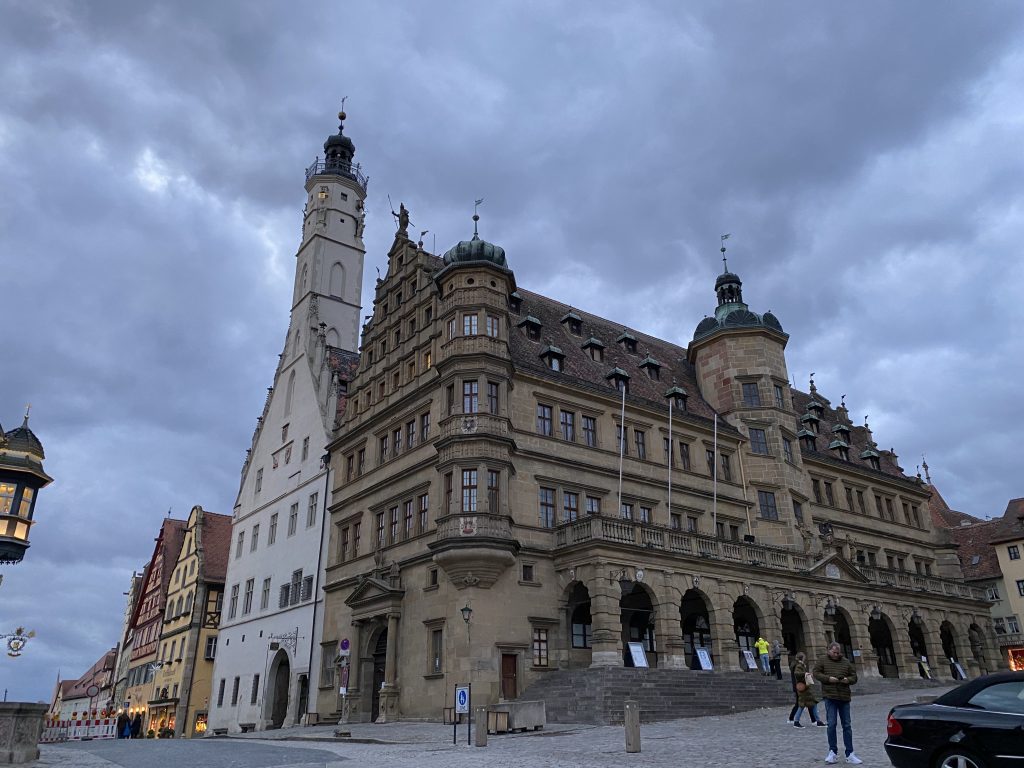
Planning Your Visit
Getting there: Nuremberg has an airport with flights offered to a number of European cities. It also has great train connections to cities like Munich, Stuttgart and Berlin.
Getting around: Train services in the region are quite good, so even if you’re looking to visit some of the smaller towns I’d recommend it as a great option for getting around. Bike tours (single- or multi-day) are also a terrific way of seeing some of the countryside and villages of the region. Roads are of a high quality, of course, so if you have your own wheels that’s great, but honestly this is a terrific place for leaving the car at home (or not renting one).
When to go: Frankly, anytime can be enjoyable, but if you want to go bike riding or enjoy the outdoors without the risk of snow then April to October are going to be the most favorable months. Of course, the month of December is also great, when every city, town and village is decked out with lights and decorations, the Glühwein (mulled wine) is flowing and the atmosphere is impossibly cozy and cheery.
Thanks for reading, hope you’ve enjoyed learning about this month’s destination! It’s fun to occasionally share something with my readers about a place in my “neighborhood”!
